About 60 km north of Rome, in the province of Viterbo, lies Ronciglione, a village that, because of its incredible beauty, deserved the title of Borgo dei Borghi 2023 (The Village of the Villages 2023). The Jury that decreed its victory was composed of a careful selection of experts including geologist and popularizer of science Mario Tozzi.
After such an introduction, our virtual trip to Ronciglione can only begin with the best of premises.
So discover with us what to see in Ronciglione and, above all, what to do: events of all kinds and tasty cuisine, in fact, frame this wonderful village in Lazio at its best.
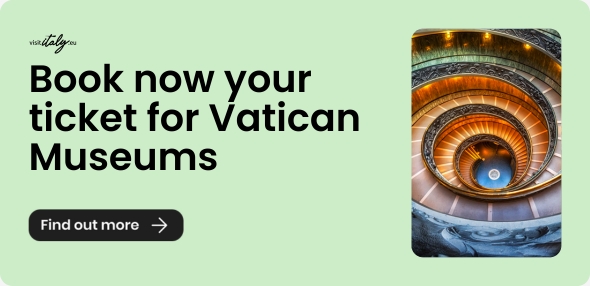
Ronciglione, what to see: the picturesque charm of its historic center
Listed among the Most Beautiful Villages in Italy and, indeed, hailed as the Borgo dei Borghi 2023, Ronciglione, with its medieval beauty and rich tradition of events, certainly cannot leave you indifferent.
Not to mention that this village is back in the limelight since it is the birthplace of Marco Mengoni, two-time winner of the Sanremo Festival and EuroVision contestant.
And if of Marco Mengoni the Ronciglionesi (that's what the inhabitants of the village call themselves) could not be prouder, you will soon discover that the reasons for visiting and, above all, loving this village are more than one and have their roots in centuries-old events and traditions. While the Carnival of Ronciglione is probably a fairly well-known event even nationally, perhaps the Cavalcade of the Hussars and the Palio (or rather, it would be more correct to say the Palios), are lesser-known but equally fascinating events.
In this article, you will therefore discover not only the attractions of the historic center, but also what to see around Ronciglione, such as the beautiful Lake Vico, things to do, events, and what to eat. A detail, the latter, definitely not insignificant.
So let's discover what not to miss in this village in the Viterbo area.
The mighty fortress of Ronciglione
One of the most famous places in this town is undoubtedly its fortress, often called by locals "I Torrioni",
This is an important place, as the fortress of Ronciglione was built precisely to defend the only access point to the town: in other words, the only weak point. The Torrioni passed from hand to hand over the centuries, and was also owned by the Farnese Family.
Today the large building is in a state of disrepair, but its ruins still evoke a remarkable charm.
The Big Fountain (also called the Fountain of the Unicorns)
The Fontana Grande (Great Fountain) is also called the Fountain of Unicorns or Sea Horses.
This fountain, made of sandstone, in fact shows three fantastic animals from whose mouths water gushes out. It is certainly an interesting place to take curious photographs.
The Municipal Palace with its treasury
Just in front of the Fountain of Unicorns is the Town Hall.
What is really interesting to visit, however, is inside: it is in fact a sarcophagus from Roman times with figures in relief. This sarcophagus was used for many years as the basin of another fountain, the Fontana delle Tre Cannelle!
The ancient gateway to the village
And from sarcophagi to doors! Ronciglione's Roman Gate is one of the hallmarks of the historic center. In fact, it divides the northern from the southern part of the center.
Other reasons why it is interesting? It was designed in the 17th century by Vignola, one of the greatest Italian architects of the past, by order of Cardinal Odoacre Farnese.
The House Museum of Mariangela Virgili
Mariangela Virgili was a Carmelite nun who was born and lived in Ronciglione. Her house, now used as a museum, is located inside the old family palace in Piazza degli Angeli.
Inside the palace, one can visit the cell where the nun lived all her life, as well as observe the hundreds of silver votive offerings that, distributed like an unusual tapestry, have features of hearts, eyes and other anatomical details.
There are also tablets and canvases, photographs of ordinary people and soldiers from all wars, as well as signatures and dedications of visitors to the house over the centuries.
The church of St. Eusebius in the surroundings of Ronciglione
A small gem to visit around this Viterbo village is certainly the small early Christian church dedicated to St. Eusebius.
It is a Romanesque church located along the road leading to Rome and whose structure dates back to the 7th century. Inside you can see some frescoes from different periods, including a Madonna and Child and a splendid Last Supper.
A walk along the highest volcanic lake of the country
Sandwiched between two mountains, Lake Vico lies at an altitude of about 507 m above sea level. For this reason, it is known as the highest lake of volcanic origin in the country.
The lake is located about 5 km from the town and offers an unforgettable natural cutaway. Since 1982, in fact, this area has been designated a Protected Natural Area. Since 2008, to protect the entire caldera, the territory of Ronciglione has also become part of the Reserve.
The events
Events occupy a well important part of a visit to Ronciglione. If you manage to book your trip at the right time, in fact, you can see the town come alive with color, life and folklore.
Here are the things to do during a visit to the town.
The local Carnival
The Carnival of Ronciglione is one of the oldest (and most beautiful) in Italy.
In fact, it seems to date back as far as the 16th century, at the behest of Pope Paul III Farnese, who granted as many as 3 days of wild celebrations to the local population to honor his son's appointment as duke of Castro and Ronciglione.
Carnival is known for the irreverent attitude with which the village confronts history. To inaugurate this festival, for example, there is the well-known Cavalcade of the Hussars, where the protagonists are harnessed in 18th-century clothes, and the theme is French domination.
The Void Races, which are also called the Berber Races, are another fascinating element. These are races that are performed just as they used to be, in the time of Pope Paul III: with horses, but without jockeys.
Another highlight is certainly the entrance of King Carnival, fully dressed, to whom the city authorities hand over the keys to the city.
And of course there is no shortage of masked floats, traditional masks and the so-called "red noses": with their ruddy noses, they represent all wine lovers.
The Palio of San Bartolomeo
Certainly less famous than that of Siena, the Palio di San Bartolomeo, in late August, is another example of a "void run", the horse race without a jockey. It's a tradition that has lived on for nearly 5 centuries.
Horses, deeply loved by citizens, become the absolute stars of this event, to which everyone, locals and tourists alike, are invited.
The Palio of Vico
This event is certainly among the more recent, but no less exciting, traditions of this beautiful village in Tuscia.
On the occasion of the Palio di Vico, held at the end of July, there are torchlight processions, parades, but also regattas. The protagonist of these four days of celebration is certainly Lake Vico, which the boats and the joy of the events enhance in all its beauty.
What to eat in Ronciglione, Italy
We cannot leave this town without tasting the delicacies offered by the territory of Tuscia.
So, in addition to the things to see, let's also peek at what you cannot miss tasting in Ronciglione.
First of all, we must give credit to the typical products of the area: chestnuts, hazelnuts and olive oil.
Typical dishes include tortorelli with dried fennel flower sauce, a type of local fresh pasta, mushrooms, barbecued meat, and fettuccine. If we prefer fish, the fishy waters of the nearby lake offer eel, perch and whitefish.
Desserts include struffoli, gingerbread, pancakes prepared for St. Joseph, and Carnival fregnacce, made with ricotta and cinnamon, and very similar in recipe to crepes.
How to get there
The village is about 1 hour's drive from Rome. If you want to arrive by public transportation from the capital city, however, you need to take the Cotral Roma Saxa Rubra - Via Cassia Cimina bus line.
About the author
Written on 21/04/2023


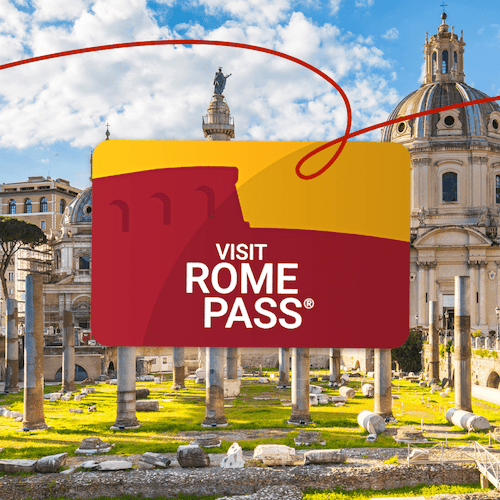
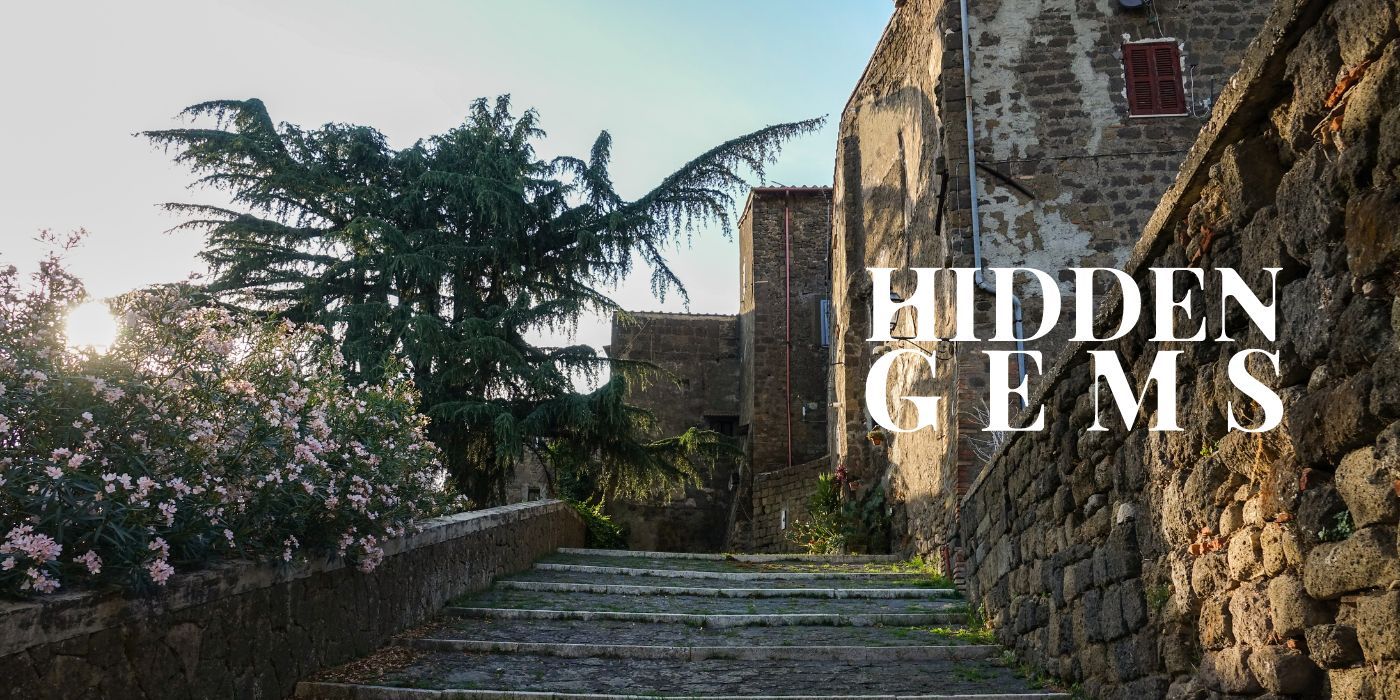
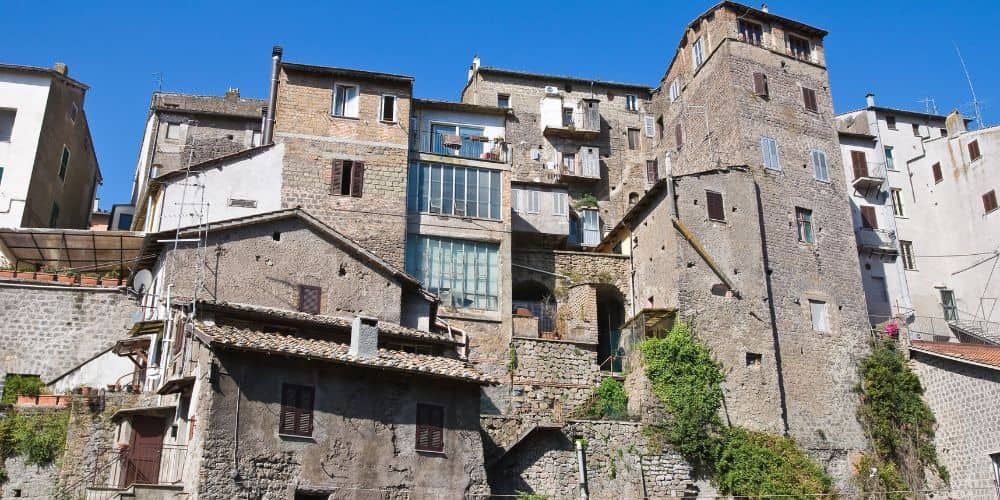
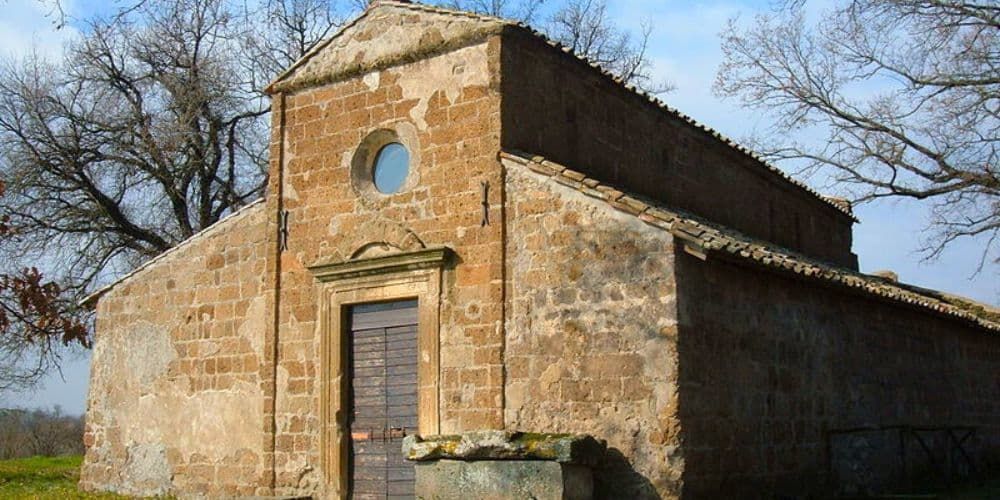
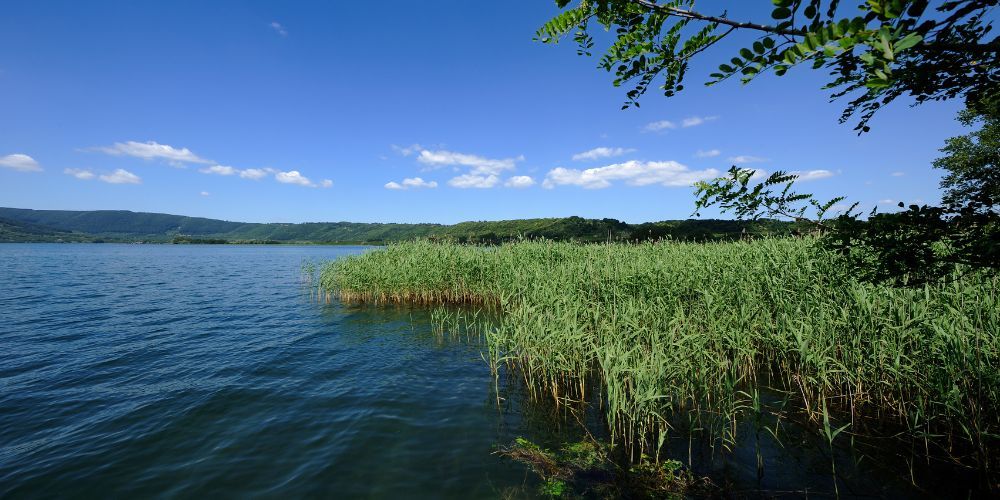
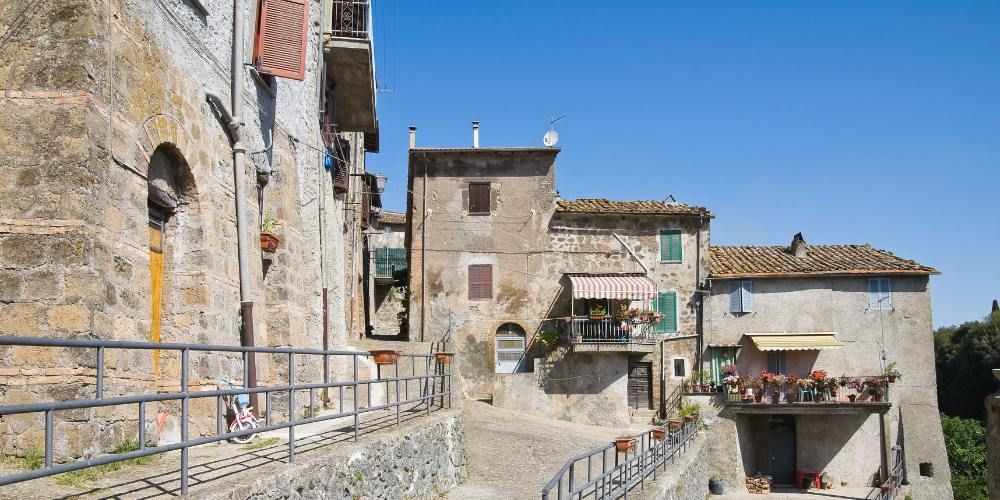
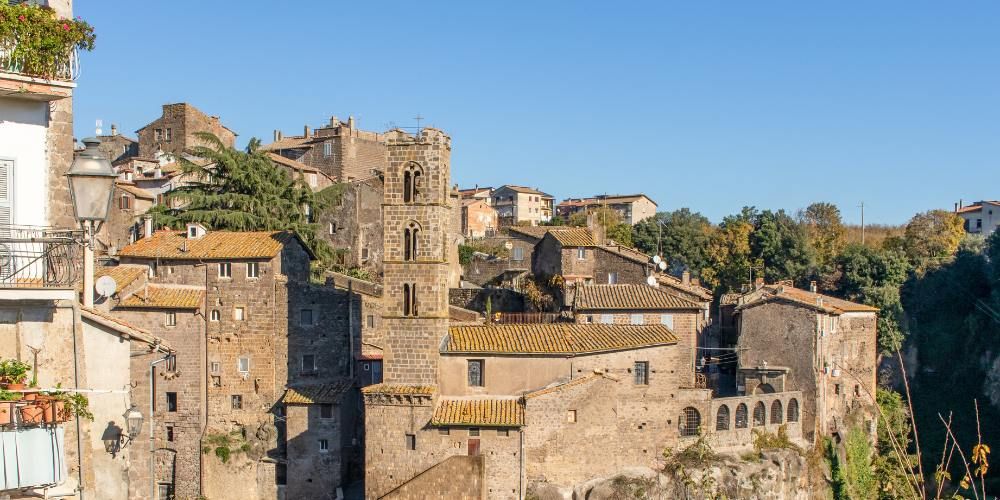
Elisa Borgato
Welcome to Ronciglione, a charming medieval town nestled in the heart of Tuscia. Discover its history, culture, and delicious cuisine in this guide.